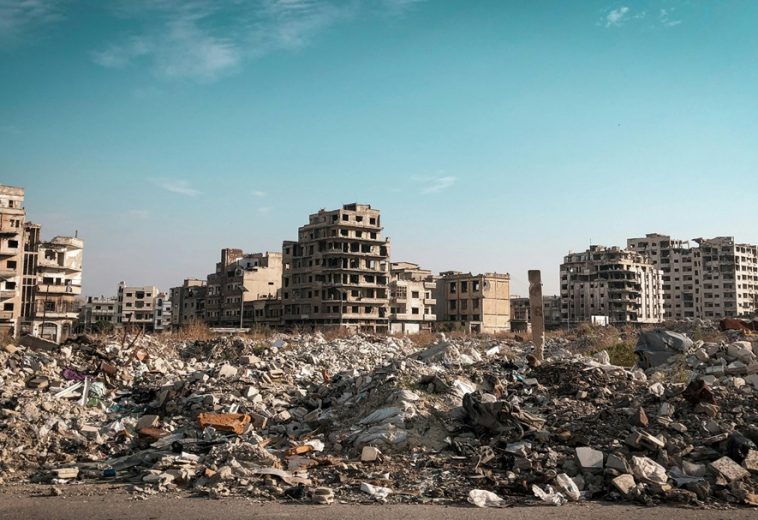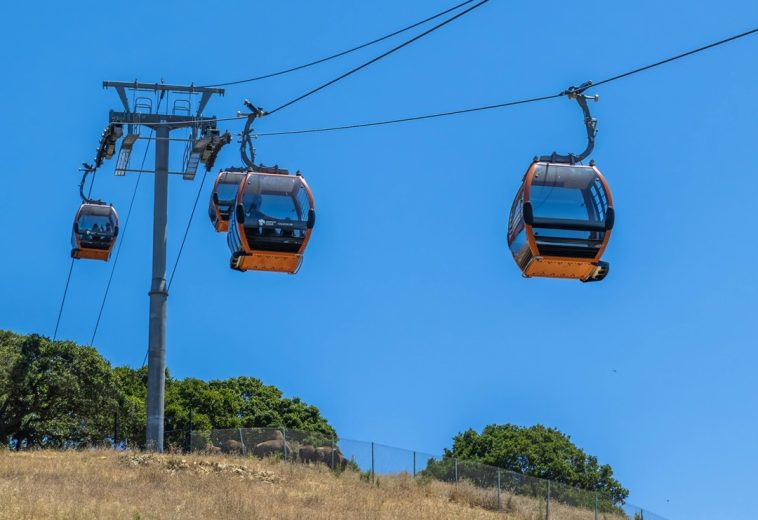Electricity access is evolving rapidly across Sub-Saharan Africa (SSA), driven by a mix of policy shifts, technological innovation and growing demand. While access remains uneven—particularly in rural areas—new approaches are emerging to close the gap. Among these, mini-grids, especially those powered by renewable energy sources like solar, are gaining attention as practical and scalable solutions. With their potential to provide reliable and decentralised electricity, mini-grids are playing an increasingly important role in efforts to expand energy access across the region and support broader development goals, including the United Nations Sustainable Development Goal (SDG) of universal energy access by 2030.
The electricity access gap in SSA is stark. As of 2020, only 48% of the region’s population had access to electricity, highlighting a major disparity when compared with other global regions. Rural communities remain particularly underserved, with electrification increasing from just 17% in 2010 to 28% in 2020. Urban areas, while significantly better at 78%, still underscore a persistent need for improvement.
READ ALSO: Crossboundary Gets $25m for Solar Mini-Grids in Africa
Several factors contribute to this divide, including the high cost of extending national grid infrastructure and the socio-economic limitations in rural areas. In many cases, it is not economically viable to expand grid coverage to remote communities. As a result, electrification strategies have increasingly turned to decentralised solutions such as mini-grids to better serve off-grid populations.
At their core, mini-grids are stand-alone power systems that generate and distribute electricity within a defined area. They don’t rely on a national grid to function—though they can connect to it when needed. Some operate entirely off-grid (“island mode”), while others are designed to plug into the main grid (“grid-tied”), offering extra support where coverage is limited or unstable.
They come in various forms and capacities—usually up to 10 megawatts—and are tailored to meet the needs of the communities they serve. Here’s how they break down:
- Fossil Fuel-Based Mini-Grids: These typically run on diesel or other fossil fuels, often used in areas where renewables are harder to deploy or as backup systems.
- Renewable Energy-Based Mini-Grids: These lean on solar panels, wind turbines, small hydro systems or biogas—cleaner, greener, and becoming increasingly popular across the region.
- Hybrid Mini-Grids: A blend of both worlds, combining renewable sources with fossil fuels to boost reliability and lower costs.
By the end of 2020, roughly 2,200 mini-grids were operating across Sub-Saharan Africa, the majority powered by solar. And this is just the beginning—the sector is projected to reach over 111 million households by 2030. That’s a massive leap in potential.
The Money Question
Despite the promise, money remains a major roadblock. Mini-grids need significant investment up front, and payback can take years. That doesn’t always sit well with traditional investors, who are often looking for quicker returns.
Still, a few financing models have started to make headway:
- Public-Private Partnerships (PPPs): These bring together government agencies, private sector players, and development groups to spread the risk and pool resources.
- Grants and Subsidies: Often backed by international donors, NGOs, and state programmes, these help take the financial edge off and encourage early-stage investment.
- Debt Financing: Commercial banks and private lenders do offer loans, but they usually come with strings attached—performance targets, timelines, and strict repayment terms.
- Innovative Models: Pay-as-you-go (PAYG) systems, for example, let users pay for electricity as they consume it. It lowers the entry barrier and makes electricity more accessible for low-income households.
Energy Access, But For Whom?
Bringing electricity to more people is always a win—but it has to be done right. As mini-grids spread, so do concerns about energy justice. In some cases, funding goes to better-off communities first. In others, pricing models make power unaffordable for those who need it most. And in too many places, local voices are left out of the conversation entirely.
If mini-grids are to truly deliver on their promise, they have to be inclusive—designed not just to power homes, but to empower communities. That means listening to people, ensuring fair pricing, and making sure the benefits of electrification reach everyone, not just a select few.
The potential here is real. With the right mix of smart policy, targeted investment, and community engagement, mini-grids could be one of the fastest, most sustainable ways to bring electricity to those who’ve gone without for too long. And beyond just powering homes, they can support schools, health centres, small businesses, and more.




